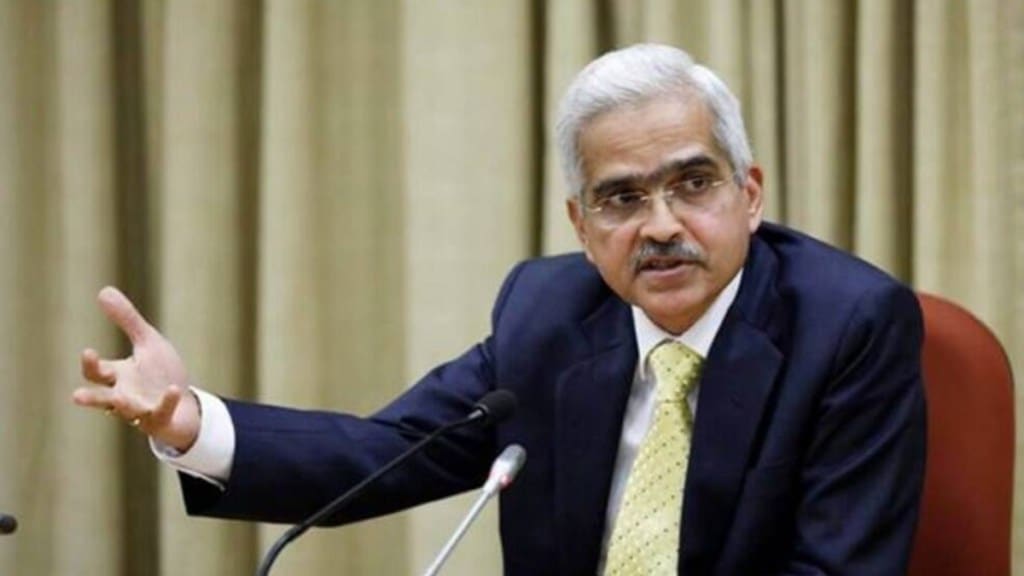The Reserve Bank of India’s (RBI) monetary policy committee (MPC) must continue with its actively disinflationary policy stance as food inflation continues to be higher, governor Shaktikanta Das said in the monetary policy committee (MPC) meeting held earlier this month, minutes of the meeting released on Friday showed.
“With persistently high food inflation, it would be in order to continue with the disinflationary policy stance that we have adopted (withdrawal of accommodation). Any hasty action in a different direction will cause more harm than good. It is important that inflation is durably aligned to the target of 4%,” Das said.
The RBI’s six-member MPC on June 7 maintained the benchmark policy repo rate at 6.5%. However, unlike earlier times, two members of the MPC — Ashima Goyal and Jayant Varma — voted to cut the repo rate by 0.25% and change the MPC’s stance to “neutral” from “withdrawal of accommodation”. Till April, Varma was the lone MPC member voting for a change in stance and rate cut.
Headline CPI inflation moderated by around 30 basis points (bps) from 5.1% in February to 4.8% in April. Inflation in CPI core (excluding food and fuel) and its services sub-component, meanwhile, was at historic lows in April.
While RBI forecasts an average inflation rate of 4.5% in FY25, in the immediate months, the impact of exceptionally hot summer months on output of certain perishables, a likely rabi production shortfall in some pulses and vegetables — particularly potatoes and onions – and the upward revisions in milk prices, warrant close monitoring.
“A normal monsoon may eventually lead to easing of price pressures in key food items. Large favourable base effects could lead to a temporary and one-off undershoot of inflation to below the target rate in Q2, before rising again in Q3 and Q4 of 2024-25,” Das said.
RBI deputy governor Michael Patra shared similar views. He said that the speed of the easing of inflation has been disappointing so far, even from a cross-country perspective.
“Food prices are persisting for too long as the principal impediment to a faster disinflation. The Indian economy remains hostage to intersecting food price shocks…This also warrants looking through the statistical soft patch in inflation’s trajectory that is anticipated during July-August 2024, while staying prepared to blunt the uptick that is expected from September…” Patra said.
Goyal, however, said headline inflation projection of 4.5% for FY25 gives an average real repo rate of 2%, implying that the real repo rate will be above neutral for too long if the repo rate stays unchanged.
“Falling inflation has raised real repo above unity. This will reduce real growth rate with a lag. Expected growth is around 7% in 2024-25, below the 8% achieved in 2023-24. Status-quoism is praised as being cautious. But if doing nothing distorts real variables, it aggravates shocks instead of smoothing them and raises risk,” she added.
As against the widespread belief in the financial market that India cannot cut rates before the US, Goyal said the fall in India’s current account deficit, index inclusion and ratings upgrade add to the many reasons that make interest differentials with the US less important.
Varma, too, said that keeping interest rates higher for a prolonged period could hurt domestic growth. “In my statement for the last meeting (April 2024), I expressed concern about the growth sacrifice in 2024-25 induced by restrictive monetary policy. It now appears that the maintenance of restrictive policy for an unwarrantedly long time will lead to a growth sacrifice in 2025-26 as well,” he added.
Professional forecasters surveyed by the RBI are projecting growth both in FY25 and FY26 to be lower than FY24 by more than 0.75%, and lower than the potential growth rate — of 8% — by more than 1%.
“This is an unacceptably high growth sacrifice, considering that headline inflation is projected to be only about 0.5% above target, and core inflation is extremely benign,” Varma said.

